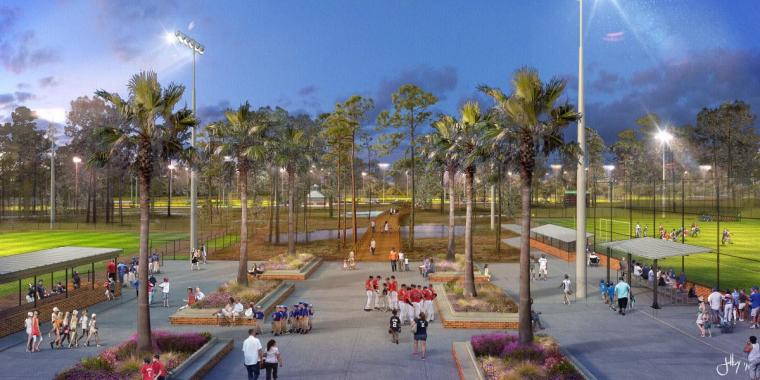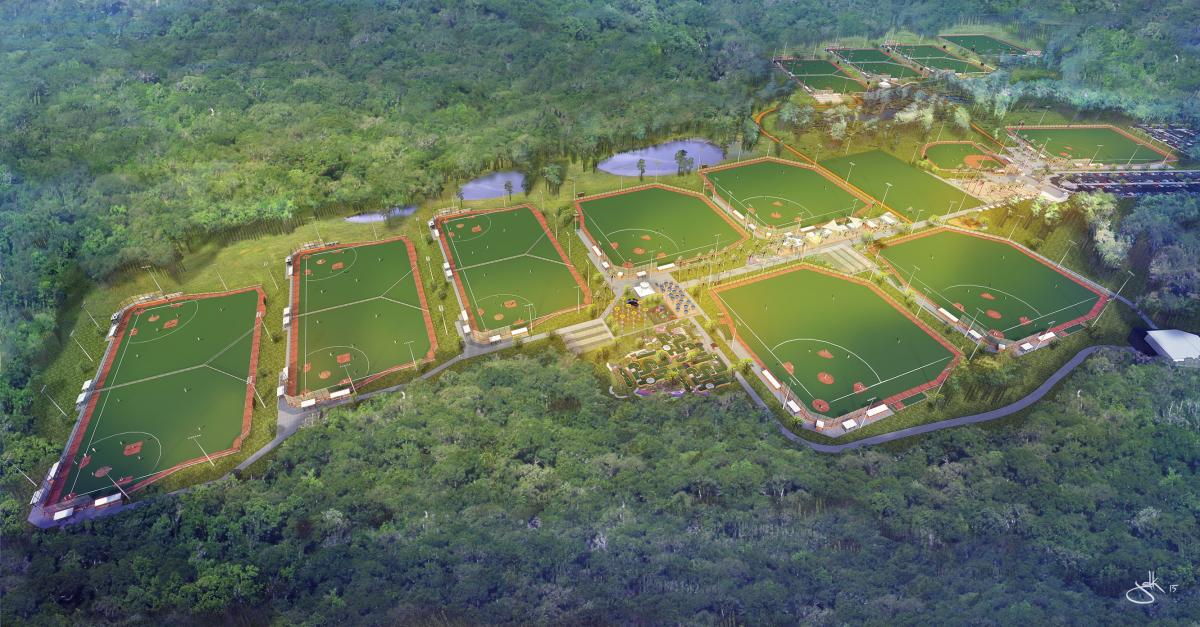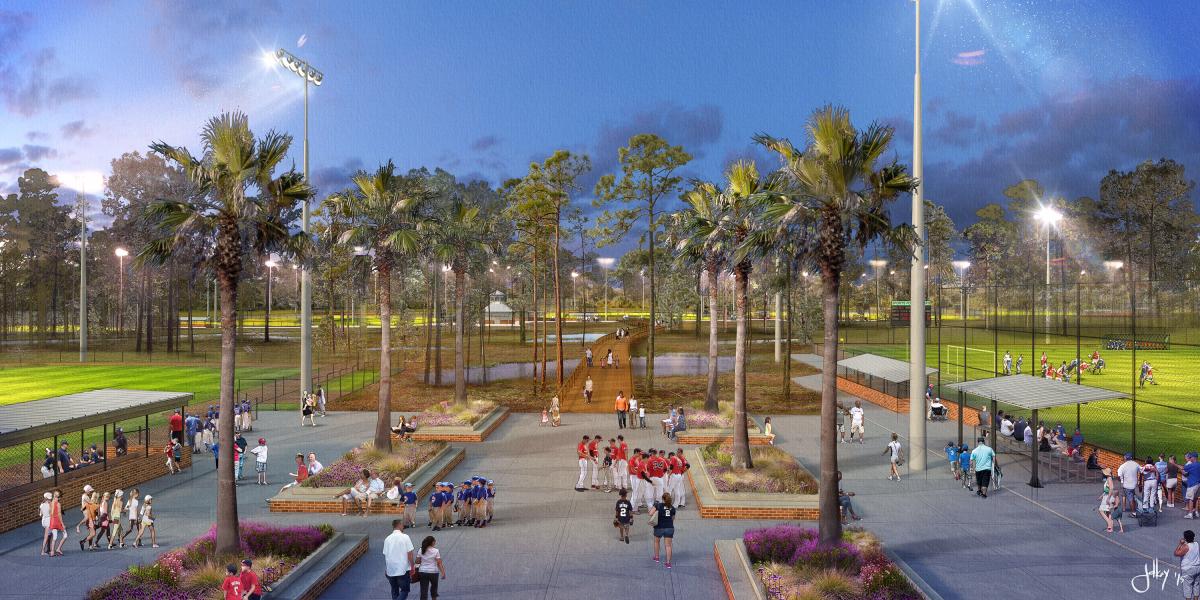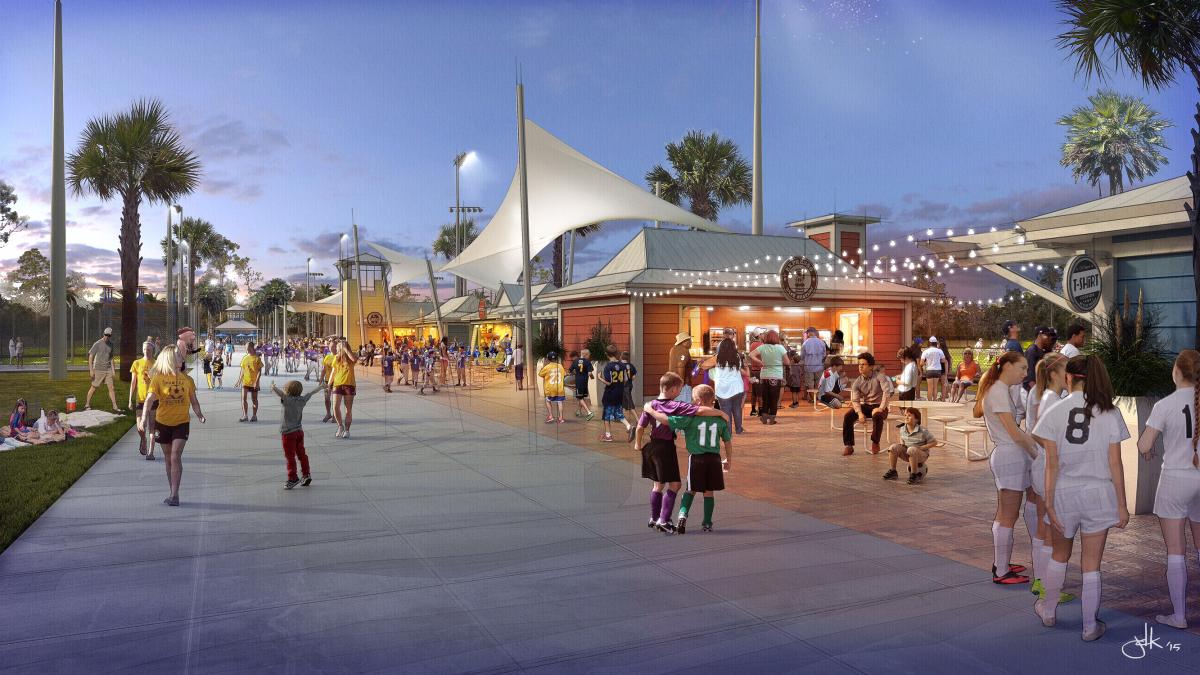

To be certain, there was significant pushback from hospitality workers, who wore “Please save our jobs” T-shirts the night the city commission took its most pivotal vote on the new laws that would change the face of tourism.
“It’s hard to walk away from a market segment you know is there and leave it behind for the unknown,” Visit Panama City Beach CEO Dan Rowe told SDM, “but this was driven by the city council and the county commission – people who were saying, ‘This is our home.’”
Panama City Beach was adamant; after years of escalating problems, including alcohol-related violent episodes from college students who flocked to the area each March, a change was needed. The overall effort was to create the image of a destination that was more family-friendly, more sports-conducive – and perhaps just a bit less consumed with kegs, cans and bottles. To that effect, the area passed new laws and retooled its marketing campaign.
One year later, with that first modified spring break season in the books, here’s a progress report.
New Laws Still in Effect: To curb alcohol-related problems (which had been notable) the city passed a number of ordinances forbidding the possession or consumption of alcohol during March along an 18.5-mile-long section of the Panama City-area’s famed white sand beach. In addition, the bars’ last call is now 2 a.m. during March, as opposed to the usual 4 a.m. Possession and consumption of alcohol is also banned in commercial parking lots during March.
…and the Fallout: The reaction to the laws (“all of which were related to personal responsibility,” Rowe added), was felt as soon as the college crowd realized the area was no longer a party town.
“We had a 41 percent drop in our bed tax collections, which is a direct barometer of hotel use during that time,” said Rowe. “For bars and some of the hotels that had been really focused on (the spring break market) segment, to lose that much of their revenue in one month was really hard.”
Oddly, a portion of the college crowd has returned. “We do have college kids here and they’re having fun,” adds Rowe. “But there’s a different vibe. The party is not as big. It’s not all about ‘anything goes.’ It is toned down and really, that’s not a bad thing.”
Sports Market: A Home Run (with More to Come) A major player in Panama City Beach’s renaissance has been its sports facilities.
“We have amazing sports,” Rowe told SDM. “We just completed a $4.5 million renovation of Frank Brown Park, and we’re getting ready to break ground on a new sports park, which is going to start off with 13 fields primarily designated for sports like soccer and lacrosse, but we’ll also be able to host baseball and more.” The additional facility will allow large tournaments to be held within the same area, rather than spread out across town.
The new sports park will include artificial turf field which Rowe says “will really enhance playability and allow us to accommodate more events.” It is targeted for a spring 2018 opening – possibly in line with the former spring break season.
…and the Benefit: A wealth of sports tournaments have already been held, says Rowe, including a softball event featuri ng more than 30 teams.
ng more than 30 teams.
“Everything we’re focused on right now is how to meet visitor demand and grow that visitor demand,” adds Rowe. “Youth sports are so important – they really do enforce to us that Panama City Beach is the all-American beach town. We’ve seen a resiliency in our sports market, and seen that it is less volatile than some of the other segments. In fact, during the great recession, competitive destinations saw a decrease but we were up two percent.”
Looking to the future, Panama City Beach has a request for proposals out for a management company to run the sports park and its day-to-day operations.
Turning in a New Direction: Visit Panama City has recruited some new events, including a boat show, a car show and a festival centering around craft beer, wine and spirits. (The latter, while featuring alcohol, has a higher price point and is not as inviting to the college crowd – all a part of the destination’s retooled image.)
“People who came here had a lot of fun but we didn’t have the social issues that come with large crowd of unchaperoned college kids,” Rowe points out. “We’ve taken the emphasis away from the traditional,” notes Rowe. We’re showing people how much there is to do here.”
…and Remaining a Family-Friendly Destination: “Panama City Beach has always been a family-friendly destination,” notes Rowe. “Around here, the sun keeps shining and people keep coming to the beach.”
Advertisements, such as this 30-second spot, continued to roll out the welcome mat to the sandcastle-and-ice-cream-cone crowd, with excellent results. The marketing campaign of Real. Fun. Beach. continues to have success, and the upcoming campaign, “Make it YOUR Real. Fun. Beach.,” is expected to do just as well.
According to an article in Travel Weekly, tourism development tax collection for 2016 showed a dip of less than one percent from the previous year, demonstrating that the March losses were made up during the other 11 months, a clear indication that Panama City Beach was successfully attracting visitors year-round. (The development tax is a 5% bed tax collected on short-term vacation rentals, including hotels and condominiums.)
“For our fiscal year, we were down only six-tenths of one percent,” Rowe noted to SDM. “For the calendar year for 2016, we were actually up one percent. It was a record-breaker for us. What it shows is that Panama City Beach is a wonderful destination that has experienced growth throughout the year. March might have started out quietly but the spend and visitation for the rest of the year are making up for it.”
In fact, says Rowe, TripAdvisor just ranked Panama City Beach among its top five beaches in the U.S. “That’s huge for us, given that it’s generated by users,” adds Rowe. “We were consistently in the top 10, but being in the top five is pretty cool.”
Count on the growth to continue. Travel Weekly notes, since Panama City Beach is marketing itself year-round.
While June and July have traditionally been the city’s high season, the spring and fall shoulder seasons are seeing impressive gains, too, and that is not by accident.
For instance, November, which (Panama City Beach Mayor Mike) Thomas points out as being a “tough month to move the needle,” has seen astonishing growth in the last two years with an emphasis on growing existing events such as an Ironman competition and a classic car show as well as the launch of Beach Home for the Holidays, a slate of family-friendly events bookended by Thanksgiving and the New Year’s Eve Beach Ball Drop, designed to establish Panama City Beach as a multigenerational holiday destination.
“With fun-filled events throughout  November, including the Florida Ironman, Emerald Coast Cruizin’ and Beach Home for the Holidays, visitors are finding plenty of reasons to spend the Thanksgiving season and create holiday memories with us at the beach,” said Rowe.
November, including the Florida Ironman, Emerald Coast Cruizin’ and Beach Home for the Holidays, visitors are finding plenty of reasons to spend the Thanksgiving season and create holiday memories with us at the beach,” said Rowe.
The energy dedicated to attracting visitors in November paid off. In 2015, the collection of tourism development tax collections for Panama City Beach during the month of November increased nearly 31percent over the previous November, with an additional nine percent growth for the same month in 2016.

